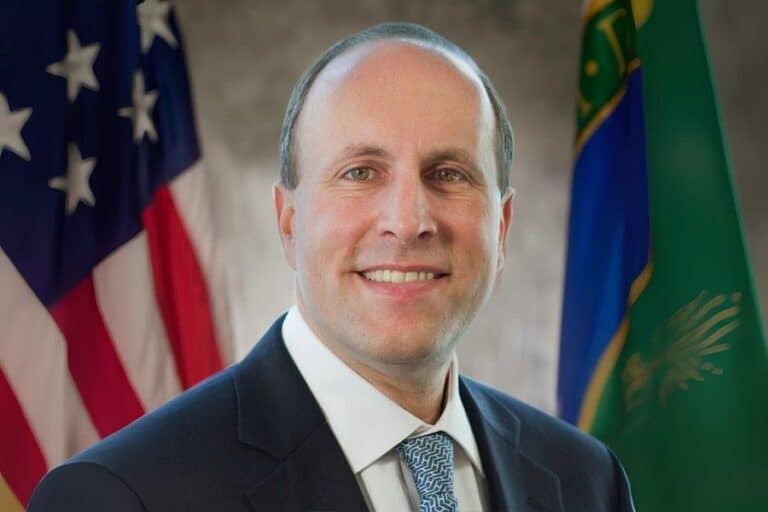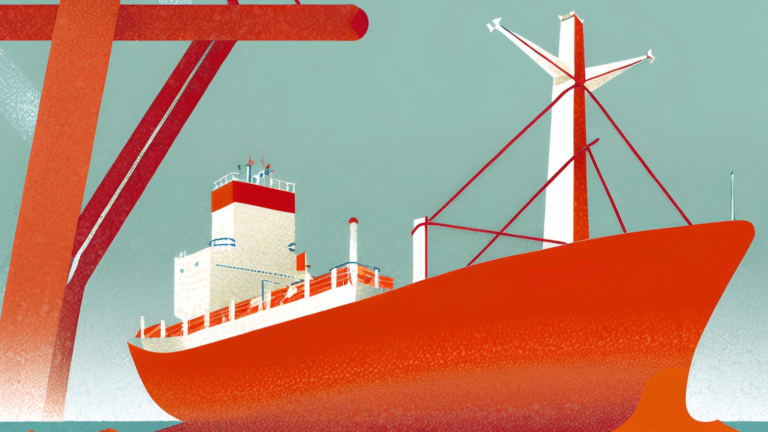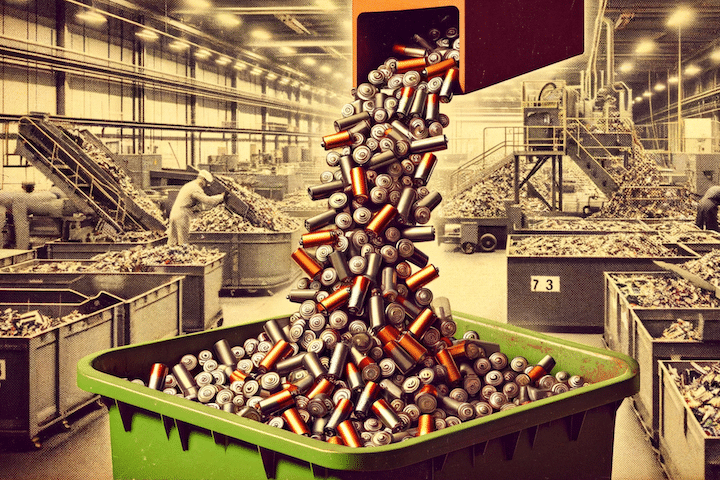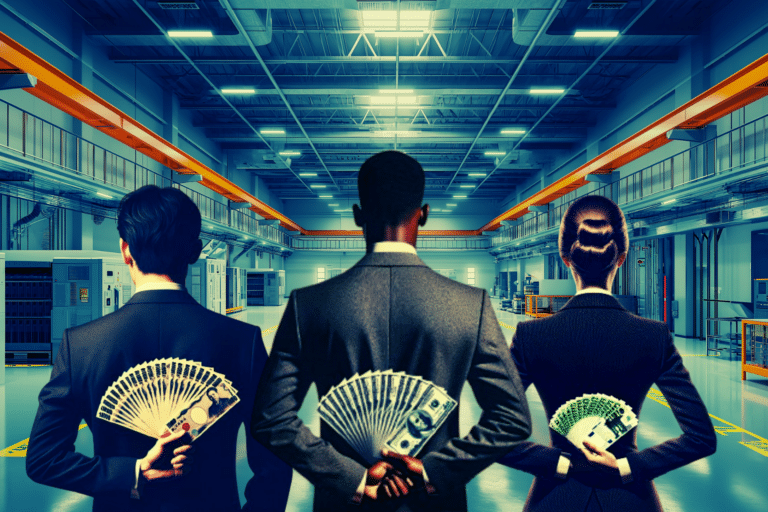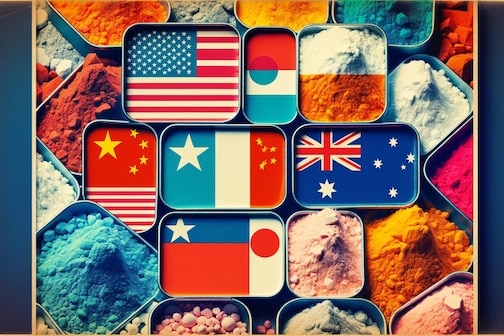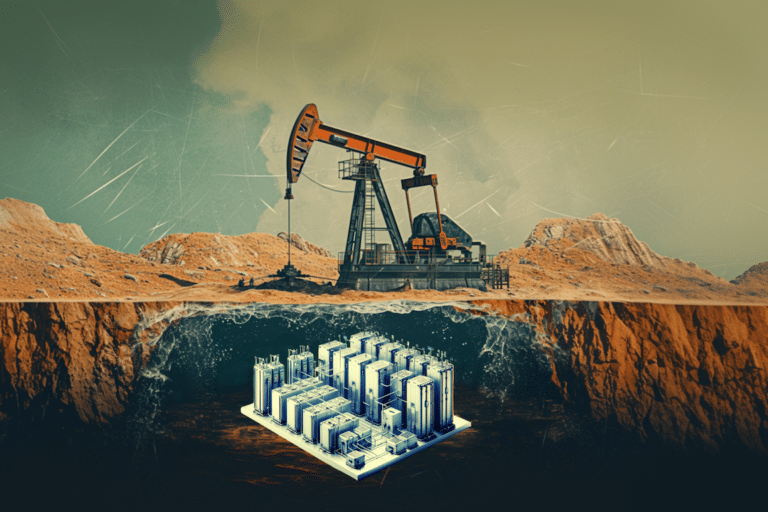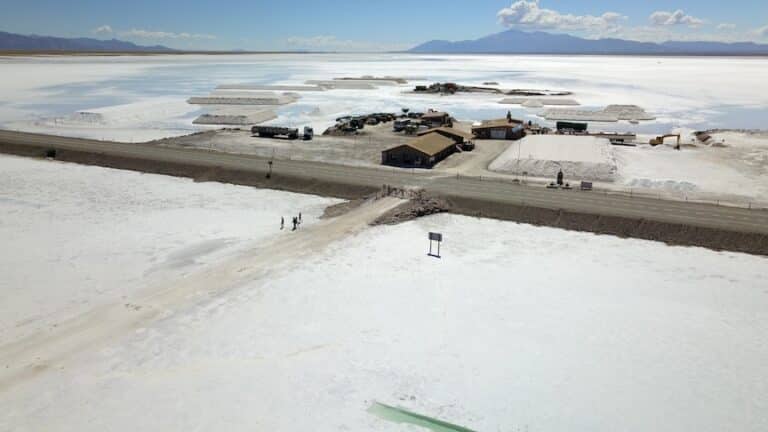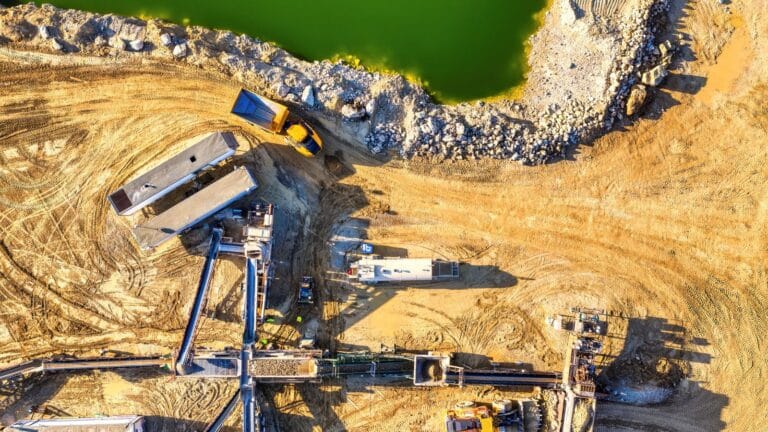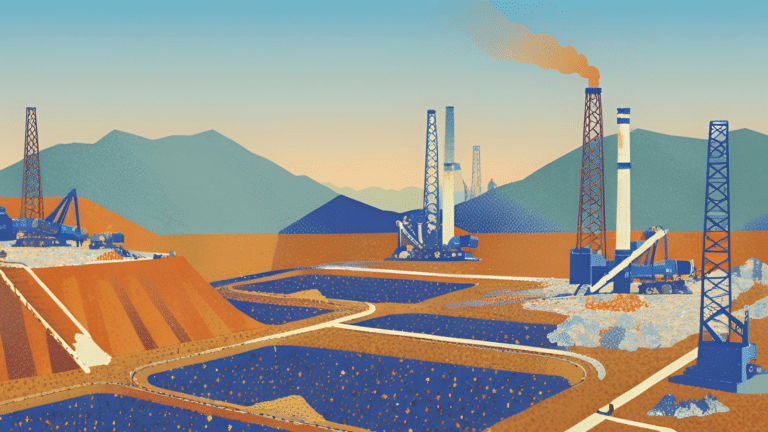This is the second episode of a five-part series exploring the lithium-ion battery supply chain. If you haven’t listened to the first episode, we recommend you start there.
Season 4, Episode 2
We need to increase critical mineral production fast to electrify our world. Can we do it without harming local communities and the environment?
To produce enough batteries to reach global net-zero goals, the International Energy Agency says we’ll need to increase production of critical minerals by six fold by 2040. It’s a monumental task.
It can feel like a contradictory mission. To save the planet, we have to mine more minerals; but mining and processing those minerals increases emissions and often negatively impacts indigenous communities and the environment.
In this episode, we start at the beginning of the battery supply chain—lithium mining.
We’ll ask why so much rides on where and how we source lithium, and whether we can balance growing demand with local communities and the land.
